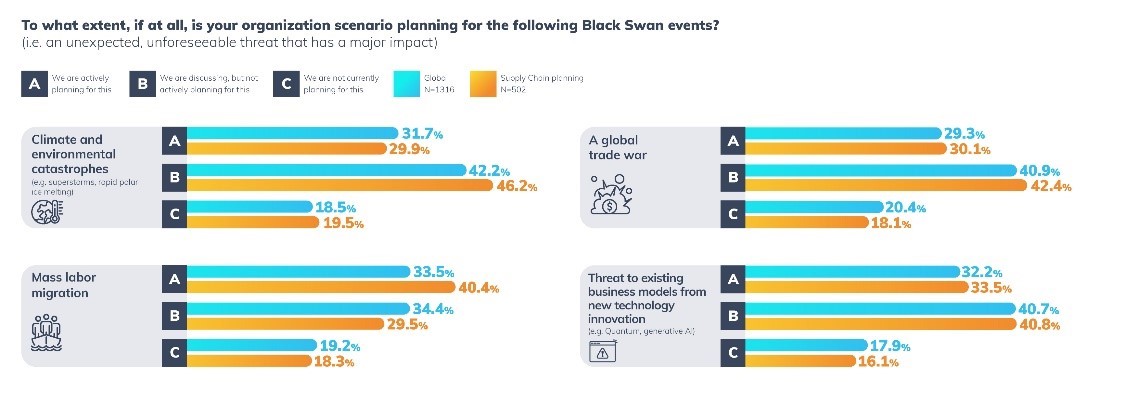HUBTEX is expanding its MaxX series with a new model – the MaxX 60 electric multidirectional sideloader. The model is designed for handling long goods with a load capacity between 5 and 6 t both indoors and outdoors. The MaxX series incorporates the most popular features of the Phoenix electric multidirectional sideloader, yet maintains an attractive price-performance ratio. The MaxX 60 is therefore a cost-effective alternative to older diesel vehicles, particularly when used for loading and unloading trucks.
The MaxX 60 is strategically designed to be suitable for a wide range of applications in long goods handling, for indoor or outdoor use. When developing the new model, HUBTEX focused on optimising outdoor performance. The aim was also to create a truck that could navigate tight contours in narrow environments. The configuration therefore includes large tyres and high ground clearance – both of which are essential for outdoor use. At the same time, the new MaxX 60 has a compact load bed height so that the rack capacity can be optimally utilised when moving between rack aisles indoors.
“By combining a high ground clearance of 185 mm, large elastic tyres and a reduced load bed height of 535 mm, the MaxX 60 can make optimal use of the storage space inside while remaining as versatile as possible outside. This was our aim during development, as the option to use the industrial truck both indoors and outdoors is very important to our customers,” explains Michael Röbig, authorised representative and head of product management at HUBTEX.
Another special feature of the new MaxX model is its drive. The industrial truck is equipped with two powerful 7 kW electric motors, which ensure impressive driving performance (even on inclines) – an important feature for outdoor use. The ergonomically equipped cabin, which proved popular with previous models, is also maintained in the MaxX 60. The cabin is optimised for a high level of driver comfort and clear all-round view. The alignment of the lift mast also increases the visibility. The design is tailored precisely to the load capacity range of the MaxX 60.
Optional 360° HX steering available with the MaxX 60
Users of the MaxX 60 don’t have to forego the patented HX 360° steering. The steering is available as an option and allows smooth changes in direction from lengthwise to crosswise or circular travel without stopping. The HX steering is particularly popular for block storage of bulky panel materials, but also has other advantages. For example, it significantly reduces wheel wear as the wheels no longer turn on the spot.
The MaxX 60 is the perfect addition to the HUBTEX MaxX series. The entry-level MaxX series was previously available in three versions with a load capacity of 3 to 4.5 t. The trucks impress with high quality and performance combined with an attractive price-performance ratio. The trucks in the MaxX series combine the most popular and best-selling features of the HUBTEX electric multidirectional sideloaders. They provide a good alternative to older diesel trucks in the affordable entry-level range.
“If users want a truck that can be customised further, we are also happy to advise on our PhoeniX series,” explains Röbig. With an almost endless number of possible combinations (application-specific fork carriage designs, cabins, lift masts and individual equipment options), the PhoeniX modular system can be used to create a perfectly customised HUBTEX multidirectional sideloader.
read more
Electric Multidirectional Sideloader Improves Energy Balance







